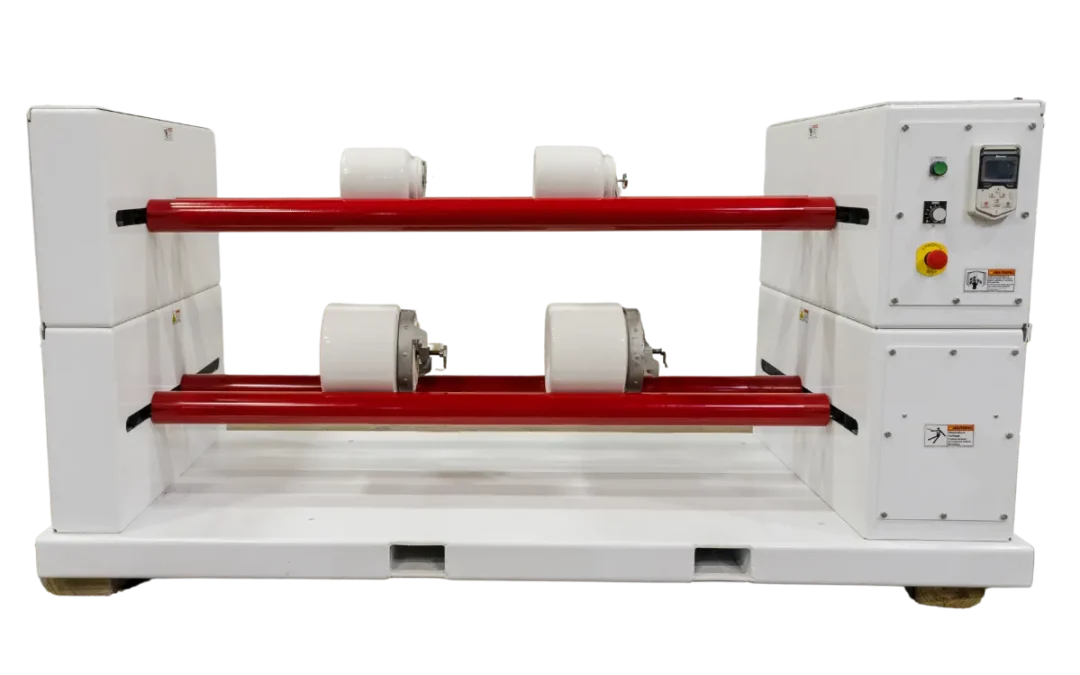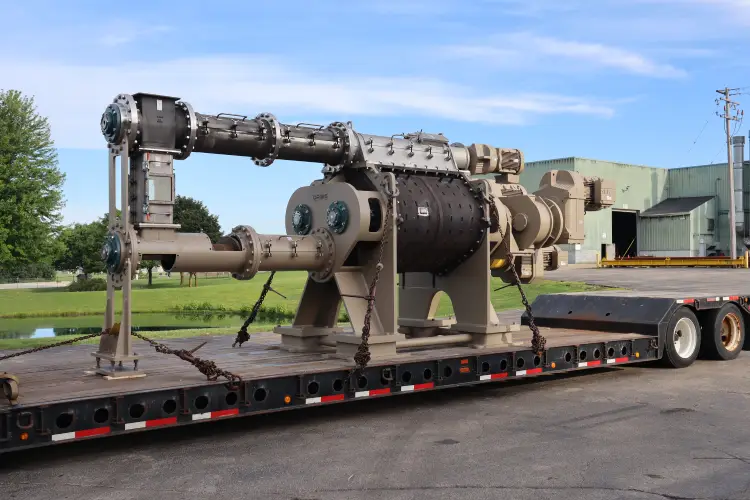Achieving Maximum Efficiency in Your Milling Operations
Achieving efficiency in milling isn’t just about having the right equipment, it’s about using it effectively. Without proper calibration and maintenance, even the best milling systems can lead to inconsistent results, wasted materials, and operational downtime. The Adaptive Roller Mill (ARM) is designed to eliminate these inefficiencies, providing precision, adaptability, and long-term reliability. Whether you’re working in pharmaceuticals, specialty chemicals, advanced materials, or R&D, using the right techniques and best practices ensures you get the most out of your milling operations.
1. Selecting the Right Milling Parameters
Choosing the correct milling parameters is essential for achieving optimal particle size distribution and efficiency. Key factors to consider include:
-
- Rotational Speed: Adjust speed settings based on material hardness and desired particle size. For example, softer materials require lower speeds to prevent over-processing, while denser or brittle materials benefit from higher speeds for better particle breakdown. Failing to optimize speed can lead to uneven particle distribution, inefficiencies, or excess heat generation.
- Milling Duration: Shorter durations work for soft materials, while harder substances require extended processing.
- Media Selection: Using the correct milling media (ceramic, stainless steel, or polymers) ensures material compatibility and prevents unwanted material interactions. For instance, ceramic media works well for heat-sensitive materials, while stainless steel is ideal for harder substances requiring greater impact force. Choosing the wrong media can result in contamination, excessive wear, or inefficiencies in particle refinement.
By fine-tuning these parameters, ARM users can achieve consistency and precision in every batch.
2. Ensuring Scalability Without Reconfigurations
One of ARM’s greatest strengths is its adaptability for small-scale testing to full production needs. Here’s how to maximize its scalable capabilities:
-
- Start with a Single-Tier Configuration: Ideal for R&D or batch testing, allowing precise control over parameters.
- Expand as Needed: Increase throughput by adding additional tiers without replacing the entire system.
- Use Data to Fine-Tune Processes: Track milling results and adjust settings dynamically to maintain consistency at higher production volumes.
3. Reducing Downtime with Proactive Maintenance
Regular maintenance is key to ensuring ARM operates at peak efficiency for years to come. Best practices include:
-
- Routine Inspections: Check for wear and tear on milling components and bearings. Ignoring routine inspections can lead to misalignment, roller inefficiencies, and potential damage, causing unexpected downtime and costly repairs. Catching minor issues early prevents major failures that can disrupt production.
- Lubrication & Alignment: Ensure roller bearings and drive systems remain well-lubricated and aligned.
- Scheduled Component Replacement: Proactively replace worn parts to prevent costly operational disruptions. Waiting until a component fully fails can lead to sudden breakdowns, lost production hours, and emergency repairs that cost significantly more than routine replacements. Having a maintenance schedule ensures continuous, uninterrupted milling performance.
4. Enhancing Process Efficiency with Digital Monitoring
To improve precision and efficiency, consider integrating digital monitoring tools into your workflow:
-
- Data Logging for Process Control: Track speed, milling time, and temperature to maintain optimal conditions.
- Automated Adjustments: Implement programmable settings for repeatability in production environments.
- Quality Control Checks: use in-line particle size analysis to ensure uniform results.
Optimizing Milling for Long-Term Success
The Adaptive Roller Mill is designed to evolve alongside industry needs, offering a versatile and future-ready solution for material processing. By implementing these best practices, users can maximize efficiency, maintain product quality, and scale seamlessly.
Take the next step in optimizing your milling operations! Download the Adaptive Roller Mill Buyer’s Guide to explore key features, industry applications, and how ARM can enhance precision and efficiency in your process.




